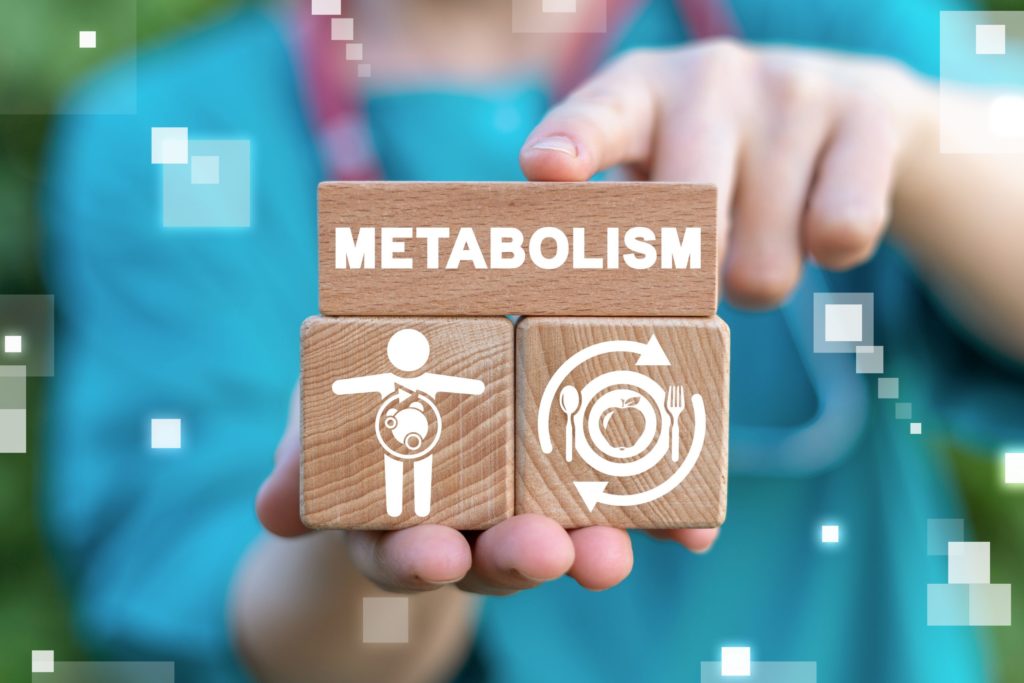
Destino biológico de los edulcorantes bajos en calorías
15/marzo/22
B Magnuson, MC Carakostas, NH. Moore, S Poulos y A Renwick
Con los esfuerzos continuos para encontrar soluciones a las crecientes tasas de obesidad y diabetes, existe un mayor interés en los edulcorantes no calóricos (ENC) y sus posibles beneficios para la salud. Este artículo aborda las similitudes y diferencias químicas de los distintos ENC, su regulación y destino biológico (distribución, metabolismo y excreción).
Se concluye que:
- Los ENC tienen el potencial de ser herramientas útiles en el manejo de la diabetes y la ingesta calórica excesiva.
- Aunque todos los ENC imparten dulzura, este es casi el único rasgo que tienen en común, representan un grupo diverso de compuestos con diferencias importantes en su destino metabólico.
- Es fundamental utilizar el conocimiento existente sobre su absorción, metabolismo y excreción para abordar las controversias que rodean su uso.
La comprensión de los puntos anteriores puede ayudar a los profesionales de la salud a abordar la seguridad, así como superar las posibles preocupaciones y dudas respecto al uso de ENC para evitar o controlar condiciones de salud.
ABSTRACT
“With continued efforts to find solutions to rising rates of obesity and diabetes, there is increased interest in the potential health benefits of the use of low- and no-calorie sweeteners (LNCSs). Concerns about safety often deter the use of LNCSs as a tool in helping control caloric intake, even though the safety of LNCS use has been affirmed by regulatory agencies worldwide. In many cases, an understanding of the biological fate of the different LNSCs can help health professionals to address safety concerns. The objectives of this review are to compare the similarities and differences in the chemistry, regulatory status, and biological fate (including absorption, distribution, metabolism, and excretion) of the commonly used LNCSs: acesulfame potassium, aspartame, saccharin, stevia leaf extract (steviol glycoside), and sucralose. Understanding the biological fate of the different LNCSs is helpful in evaluating whether reports of biological effects in animal studies or in humans are indicative of possible safety concerns. Illustrations of the usefulness of this information to address questions about LNCSs include discussion of systemic exposure to LNCSs, the use of sweetener combinations, and the potential for effects of LNCSs on the gut microflora”.
Para revisar el artículo completo accede a:
https://academic.oup.com/nutritionreviews/article/74/11/670/2281652
Referencia
- Destino biológico de los edulcorantes de bajas calorías. Magnuson ba, et al., nutrition reviews. 2016; 74(11):670–689.
Disponible en: https://academic.oup.com/nutritionreviews/article/74/11/670/2281652